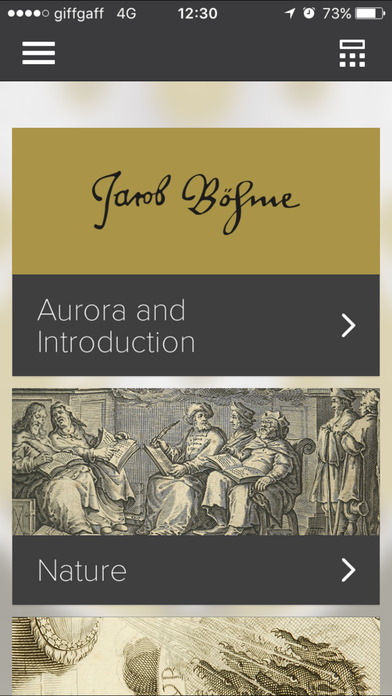
ALLES IN ALLEM. Jacob Böhme - Staatliche Kunstsamm
One of the most important German thinkers, Jacob Böhme (1575–1624) made an impact on literature, philosophy, religion and art well beyond national borders. 100 years after the beginning of the Reformation – on the eve of the Thirty Years’ War – Böhme wanted to give voice to the need for a far-reaching philosophical and spiritual renewal. A self-educated man, Böhme was active in diverse disciplines and posed questions that are still remarkably relevant. He took clear stands against war and violence. Living in an age in which new scientific knowledge shook the traditional world-view, Böhme sought after a universal theory to bring religion and science into harmony with one another. With his first work, “Aurora,” of 1612, Böhme met with sharp criticism from the church. Despite having been forbidden to write, he later resumed writing and his followers and friends circulated copies of his numerous texts. Only one of his writings was published during his lifetime.
In the exhibit ALL IN ALL, the restored Palace Chapel of the Dresden Royal Palace will be used as a museum space for the first time. While selected graphics, paintings, instruments and handcrafted objects represent the context of the time around 1600, works by artists such as Philipp Otto Runge, William Blake, Hans Arp, Wassily Kandinsky and Johannes Itten reflect the continuing fascination of Böhme’s writings. In the basement floor of the Palace Chapel, the film „Morgenröte im Aufgang – Hommage à Jacob Böhme“ by Max Hopp, Jan Korthäuer, Ronald Steckel and Klaus Weingarten will be shown.
Beginning with Böhme’s manuscript of the “Aurora” up through the so-called Law-Edition (1764–1781) with its “pop-up” illustrations, the exhibited writings trace the publishing history of his works. The idea for the exhibit’s architecture comes from Böhme himself: the sketch of his “Philosophical Sphere,” which he used to explain the interaction of opposites as a central theme in his thought. In this way, the Palace Chapel will be transformed for a limited time into a walkable construct of ideas in which the conceptual world of the mystical philosopher is visually comprehensible.



